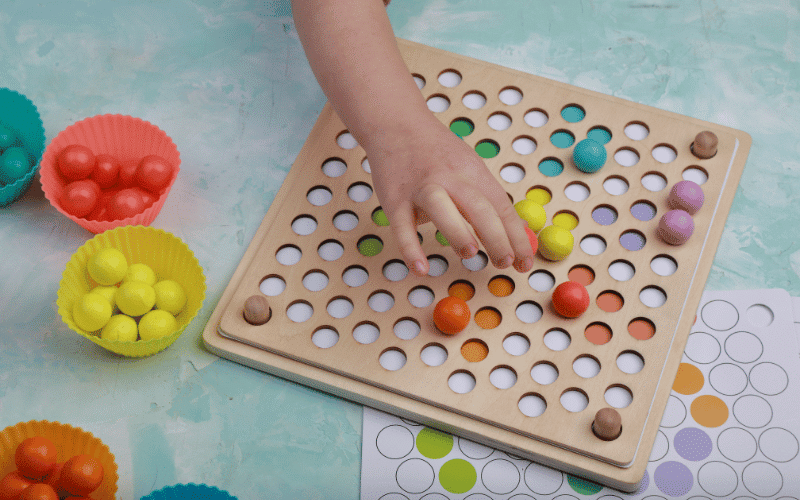Symptom 4: Declining Motor Skills – A Stumbling Journey

When a child first starts to walk, it’s a moment of triumph. But for a child with Krabbe disease, the joy can be short-lived. This neurological disorder has an uncanny knack for invading the motor system, causing previously achieved milestones to recede like a retreating tide.
Initially, signs of declining motor skills might be easily brushed off. A toddler who was once steady on his feet might start stumbling more often. An infant who could hold up her head might slowly begin to struggle with it. These minor changes often mark the onset of motor skill regression in Krabbe disease.
As the disease progresses, these subtle signs gradually morph into more noticeable issues. Tasks that were once easily accomplished, such as holding a spoon or kicking a ball, become challenging. There’s an increasing clumsiness and lack of coordination that becomes hard to miss.
In Krabbe disease, these changes are not random occurrences but are rather tied to the deterioration of the nervous system. As the protective coating of nerve cells breaks down, the transmission of signals that coordinate movement is disrupted, leading to declining motor skills.
The impact of motor skill regression in Krabbe disease is multifaceted. It’s not just about struggling with physical tasks; it’s also about dealing with the frustration of not being able to do things they once could. Recognizing this symptom helps in tailoring interventions that not only focus on physical support but also address the emotional impact of the disease. (4)